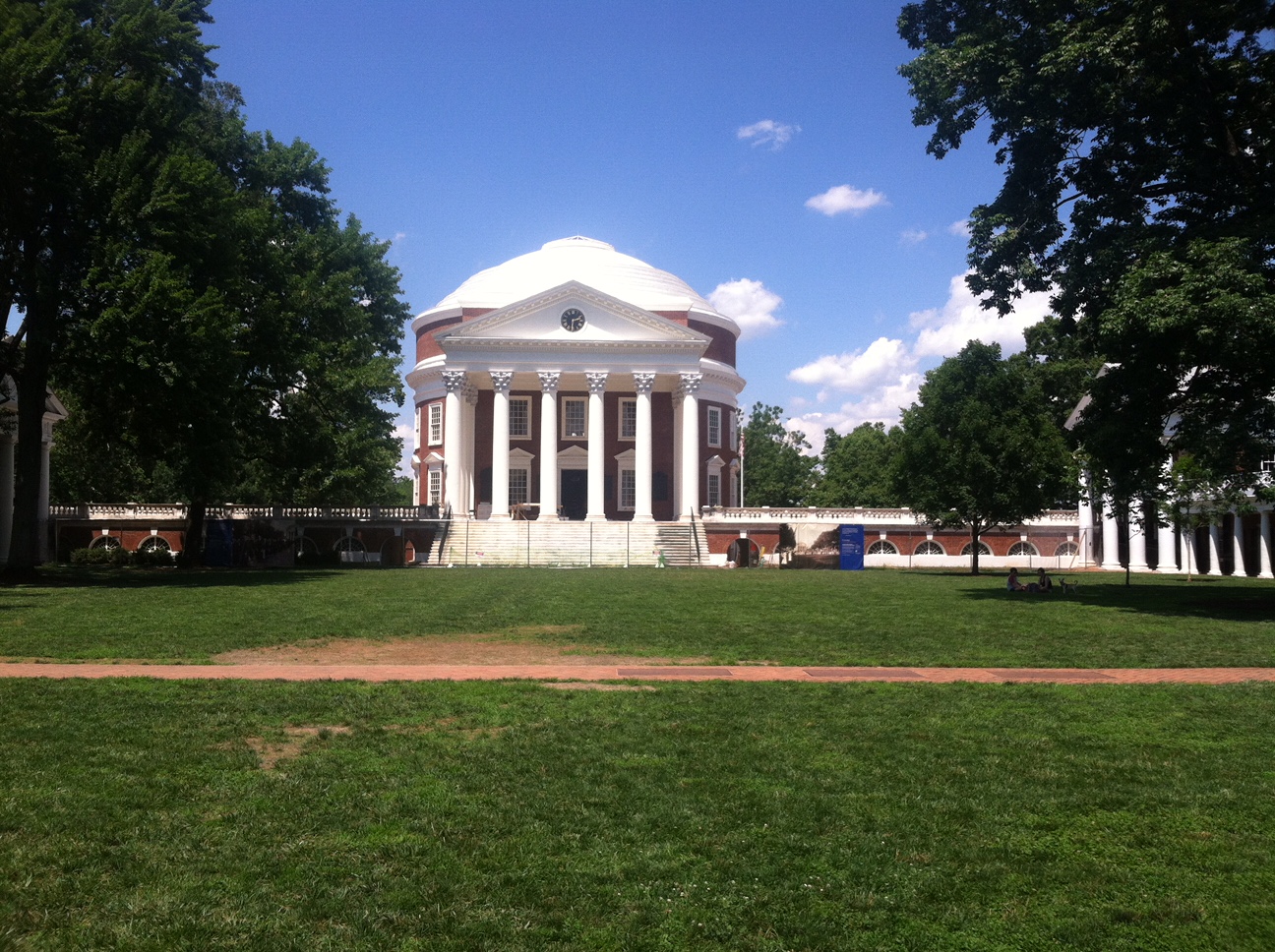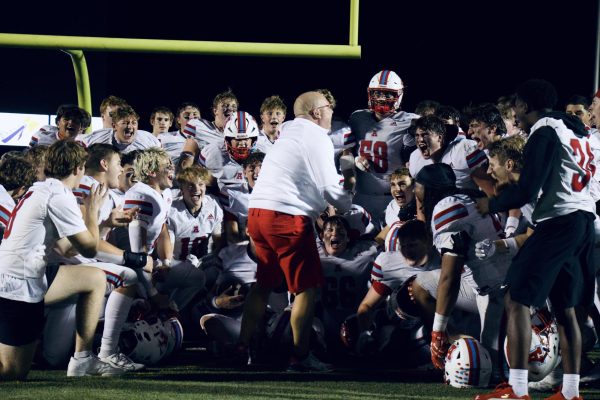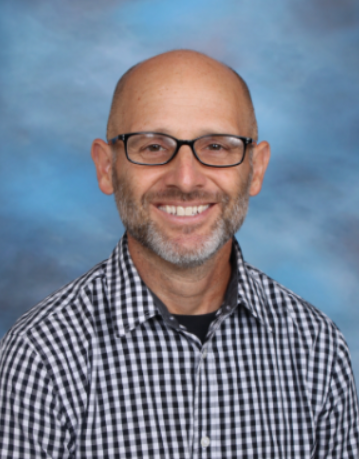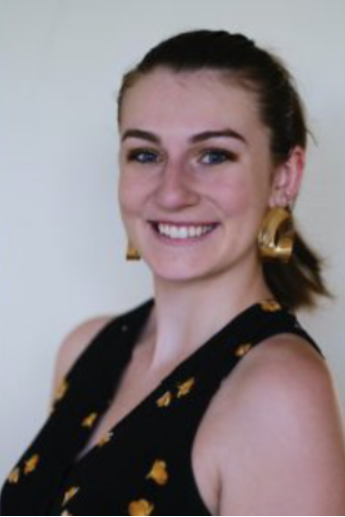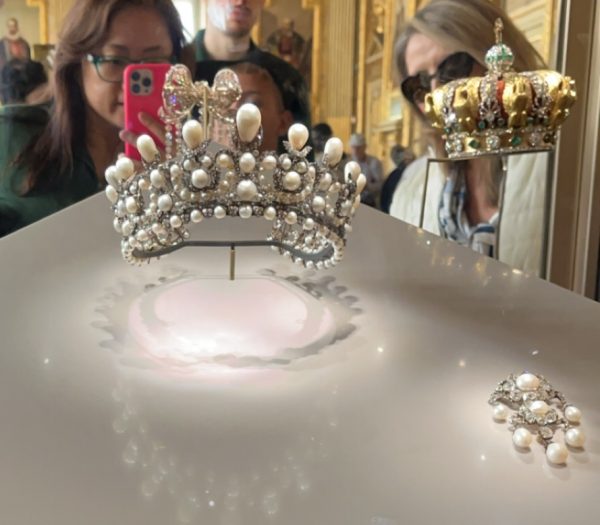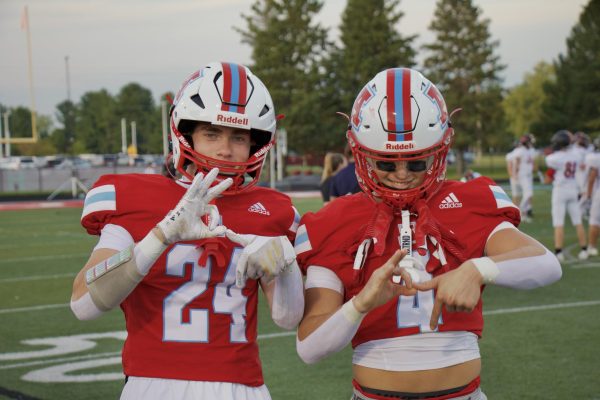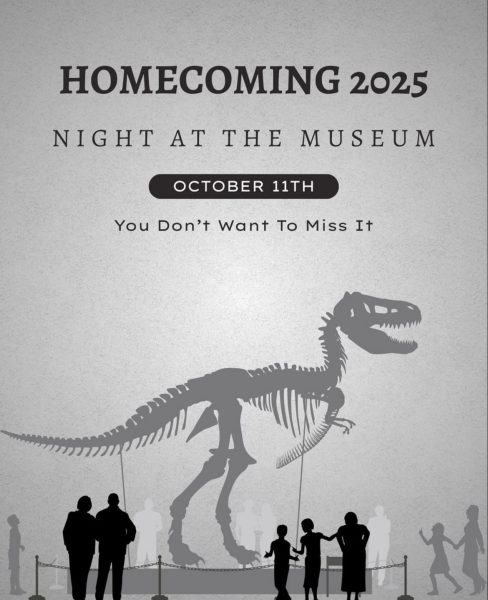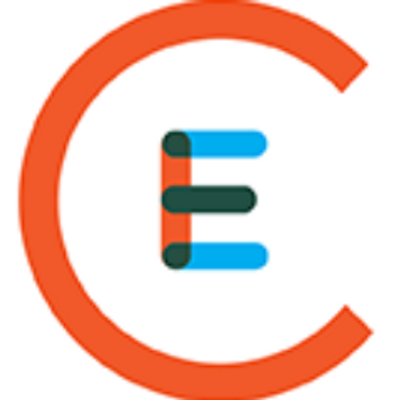Arrowhead Upperclassmen Drive on the College Road
According to a 2016 report from the Bureau of Labor Statistics, 69.7% of high school students enroll in a higher education after graduation. Therefore, well over half of high school students have experienced the extensive process of discovering the right college.
In order to find out whether a school is worth applying to, students typically visit the college to see if they want to attend. College visits typically consists of an information session about the school, the admission process, the academics, and the financial aid offered, all followed by a tour around the campus. The tour allows prospective students to learn about the campus life from the current student tour guide’s personal experiences.
Rising senior Molly Teske is considering applying to engineering, German, and/or theater management programs at UW-Madison, Purdue, Valparaiso, and Notre Dame. She has toured many universities over the years.
She said, “I’ve been on about 20 [tours] because of my older sister. My experiences from college visits have been essentially the same: taking a tour of the campus and an info session where they brag about how great their schools are.”
The information section of a college visit provides statistics for the school, academic programs, and steps to the admissions process that goes a bit more in depth than what is offered on the university’s website.
Teske said, “When looking at schools, I’ve been researching the ones with top engineering programs, and ones that aren’t alarmingly small. I’ve also been looking into colleges that have co-ops and study abroad available for double majors in engineering and German. I hope when going on tours to be able to ask about these particular programs I’m attempting to find.”
Statistics for the school include the student to faculty ratio, size of the school, demographics, acceptance rate, and 4-year graduation rate among many others. Students can use information like these to help determine whether the university is a good fit for them or not.
Rising junior Anna Shueth said, “I plan on looking for a medium size college surrounded with nearby cool places to travel to.”
Rising senior Skyler Phillips said she’s interested in UW-Madison, the University of Minnesota, Portland State, and the University of Maryland. She has toured UW-Madison, and plans to visit her other top choices.
Phillips said, “When I’m looking for schools where the city isn’t just the school, I want an environment where you can go to school and then have a city life too.”
Finding out specific interests and skill sets helps narrow down university options because it allows students to research which schools offer the subjects they want to pursue. College visits lets students know what majors, minors, and extracurricular activities the school offers.
Teske said, “I’ve been attempting to find a school that offers participation in stage crew without necessarily needing a major or minor.”
Phillips said, “I want to double major in political science or international relations, and for sure Arabic. This has affected my [college] search because I have to make sure they have international relations, which not every school does.”
Shueth said she hopes to study either engineering or music production. She also said she enjoys getting involved in clubs, so she hopes to find a diverse college that offers lots of clubs.
College visits allows students to get to know the campus, the administrators, the academic programs, and the overall vibe of the school. These visits help students decide whether the school meets their expectations and offers the sort of college experience that will prepare them for their futures.
